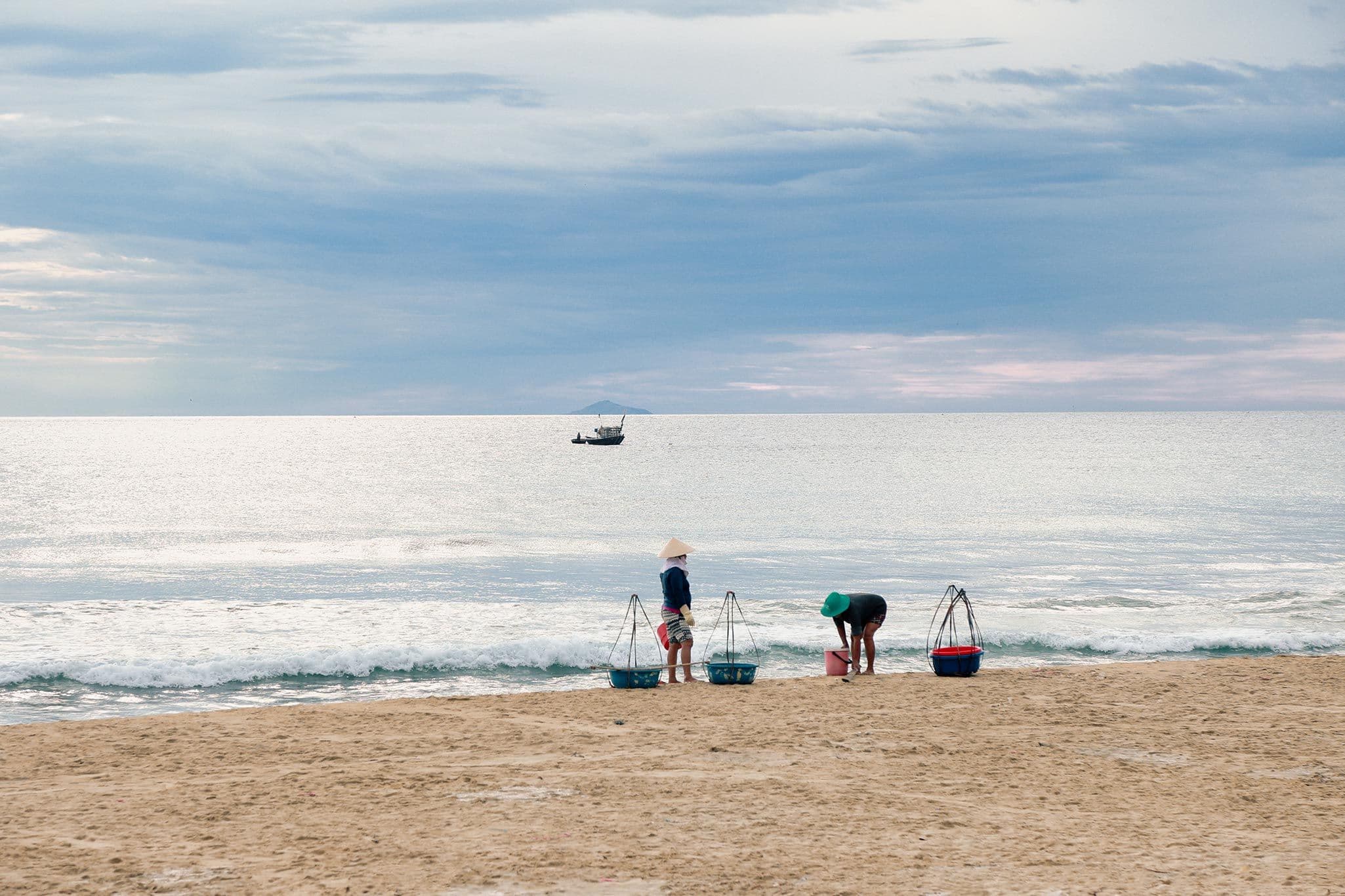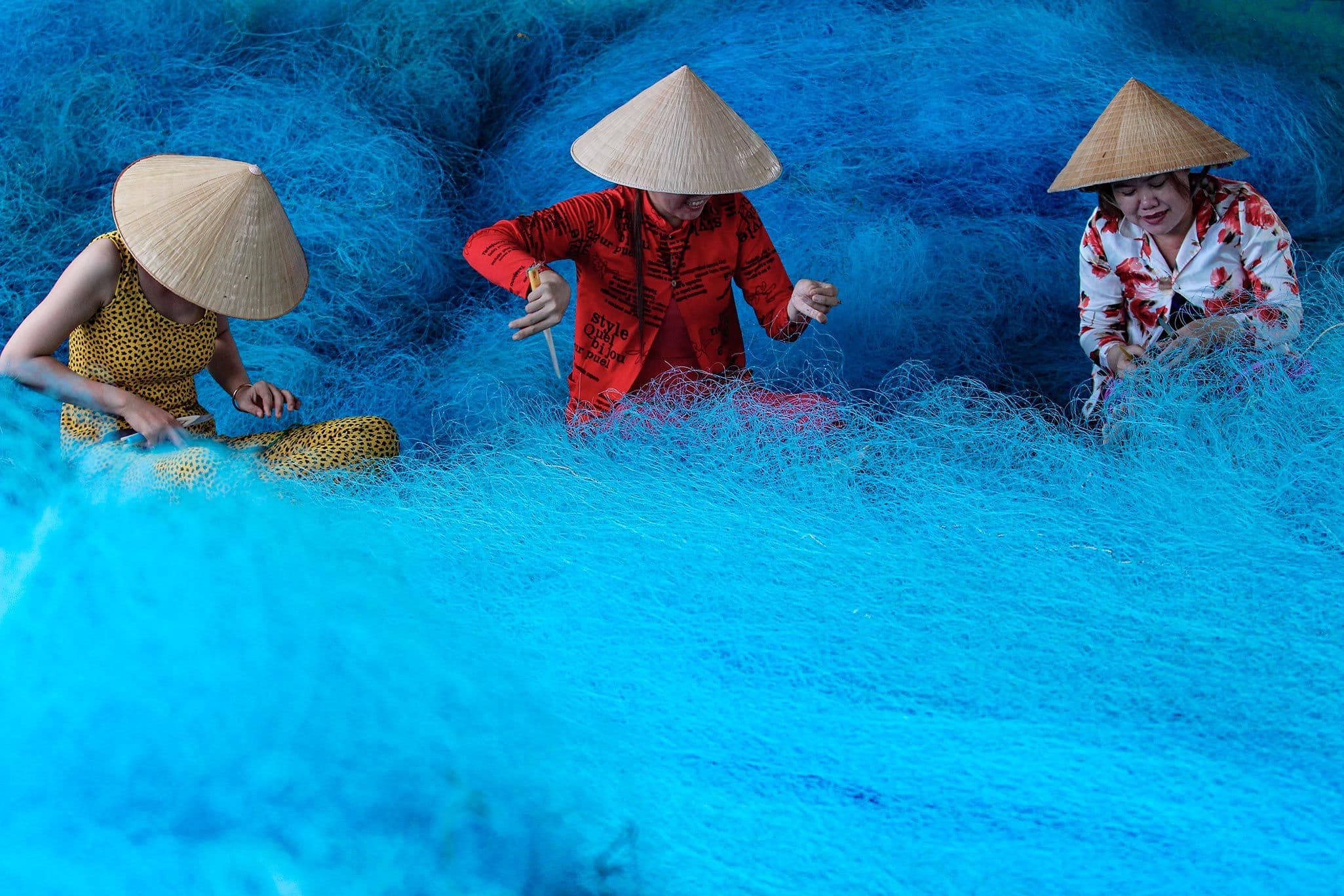
Every year, roughly around January or February, the Vietnamese ring in the new year with Tết, or Tết Nguyên Đán. While this holiday is indeed celebrated in China, it is inaccurate (not to mention gauche, if not outright rude) to translate Tết as “Chinese New Year". “Lunar New Year” is the best bet, as the festivities mark the first days of the Vietnamese lunisolar calendar, similar but different enough from the Chinese system. The Chinese and Vietnamese new years may have a difference of an hour - up to an entire month!
To the Vietnamese, Tết is as important as if Christmas and Thanksgiving were being held at the same time. People try their hardest to go home and spend a few days with their family, dress their best, fill up on delicious homemade food, and visit relatives (and fill up on their delicious homemade food…). The entire country shuts down for nearly a week, as it's a public holiday. Businesses tend to be closed for the first three days, and the streets are practically deserted. Unless you’re spending the holiday with a Vietnamese host, the holiday will be quite boring.

The 30th, the last day of the old year, is usually a frantic occasion as families throw themselves into final preparations before the holiday. Houses are cleaned from top to bottom and feasts are whipped up in the kitchen. Dwellings are decorated with flowers: cherry blossom branches in the North and yellow mai in the South, small potted kumquat trees bearing golden fruit, and narcissus in glass vases carefully groomed to bloom on New Year’s Eve. Once tasks are done, everyone takes a shower or bath with fragrant herbs in order to cleanse themselves of the ills of the old year and welcome the new. At midnight, the family gathers around the altar to offer a New Year’s Eve meal to gods, Buddhas, local deities, and ancestors. After this, they leave the house in an auspicious direction, then head to the nearest temple to pray.
As food is art, medicine, and a love language all at once for the Vietnamese, the dishes served during Tet are hearty, colorful, beautifully arranged, and symbolic. Bánh chưng, a green sticky rice cake filled with pork, lard, and green beans, stands in for the earth, and bánh giày/dày, a white sticky rice cake resembling clouds, stands in for the sky. In the South, a variation of bánh chưng is eaten instead, called bánh tét, with similar ingredients but wrapped differently.
The saying goes: “Mùng một tết cha, mùng hai tết mẹ, mùng ba tết thầy” - honor your father on the first day, your mother on the second, and your teacher on the third. This takes the form of visiting relatives on the respective parent’s side on the appropriate day, and your or your child’s teacher. However, due to schedules, this advice is usually just a guideline.

Children and the elderly receive lucky money (tiền mừng tuổi in the North, lì xì in the South) in red envelopes. The host is responsible for gifting this money to guests in order to wish them a blessed new year. On the morning of the first day, parents will also give lucky money to their children and any older person they live with. The children will then continue the cycle when they become an adult and get a job.
There are do’s and don’ts during Tet as well, with each family and region following a different set of traditions. Sweeping the house and throwing trash away is forbidden in order not to throw away the year’s luck. Visits are not done on the morning of the first day, to avoid being the first person to enter an acquaintance’s house, because if the hosts suffer bad luck during the year, they might blame the first guest. Some foods are taken off the menu to ward off bad luck - squid, for fear that the year would be black like their ink; crab, in order not to be as intractable as a crab going sideways, or durian, whose name sounds like “private sorrow”. Try not to break things, give things or lend money, cut hair, or even shower!










